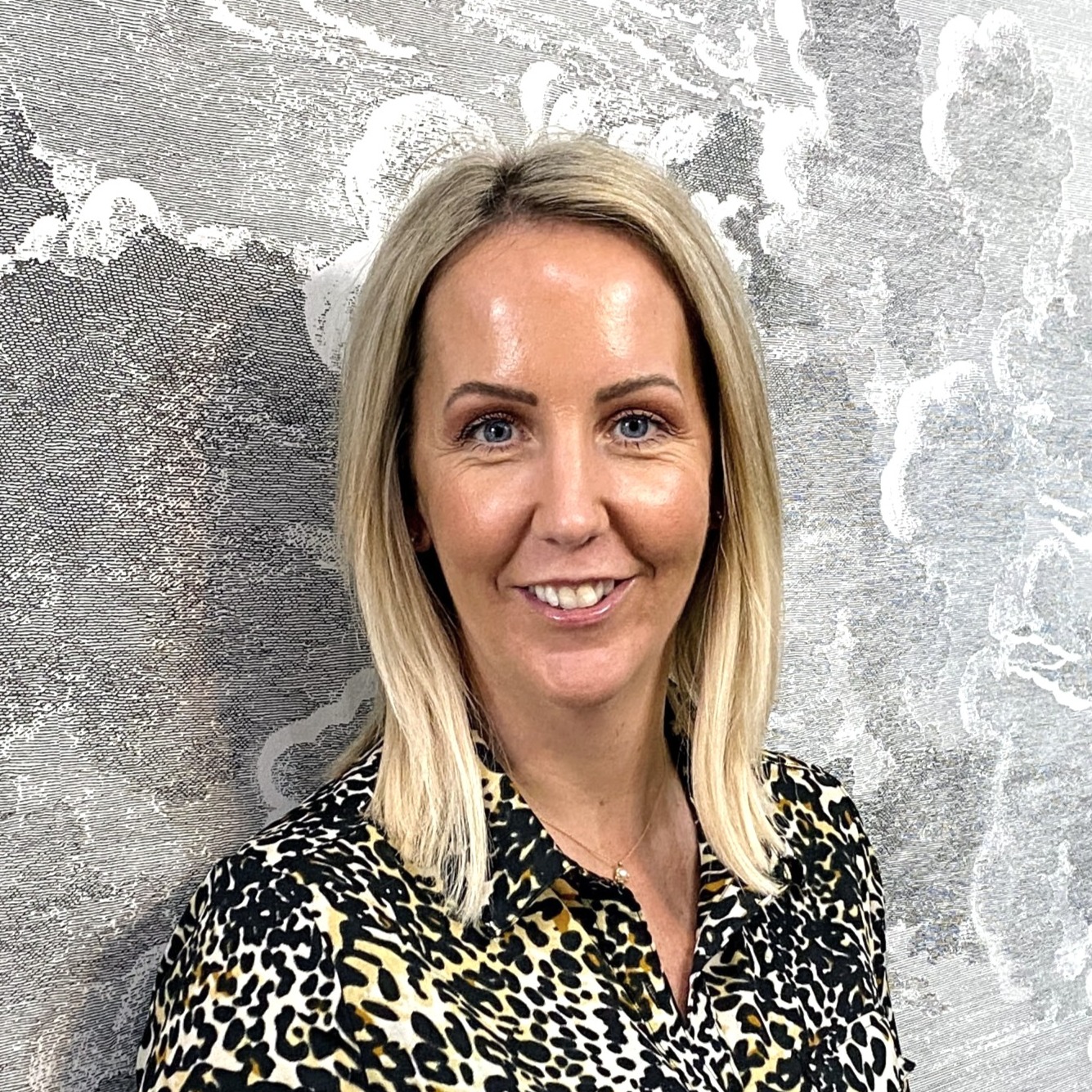Complementary colours and why opposites attract
- Suzanne Drew

- Jun 20, 2020
- 2 min read
Drew Décor Store answers your questions about colour.
Our blogs are often inspired by the questions customers ask when they come into the store and we are often asked about colour and how to ‘see’ it. In the early years of my career I was all too often mystified by colour and put it into the ‘too hard basket’. It was only when I started painting regularly with watercolour that I began to take notice and look closely. While colour composition can look like some kind of unfathomable magic that only other people or professionals know about, the mechanics of colour have some overarching principles that make colour confidence easier to come by. In 2006 I discovered this wonderful book ‘Color’ by Betty Edwards and it has been my go to place for colour ever since. No other book required!

So, let’s talk about complementary colours – these are colours that are opposite each other on the colour wheel.

Edwards explains that the true meaning of the word complement is “to make complete” or to “prefect something”. In colour, complementary colours complete the central role of the primary colours.
Here is a phenomenal colour concept which Edwards presents brilliantly and it is sort of jaw dropping in its simplicity. It’s about looking for the after image. “The after image is a ghostly but brilliant apparition of a complementary colour that appears after gazing steadily at a colour, and then shifting your gaze to a uncoloured surface.” Try it now – gaze at the blue square pictured below for about 20 seconds (or if you don’t like gazing at the screen choose a plain but bright colour form your surroundings.

Now shift your gaze to blank sheet of white paper. When you look at the white paper a glowing red orange square will magically appear for a few moments. Red orange is the complementary of blue (opposite on the colour wheel). What you are seeing here is one colour contains the other in the after image. This is why complementary colours work so well together. They do this inherently.
For some fabulous complementary colours we love Cole and Son’s new Seville collection and in particular, Bougainvillea and Piccadilly.
And then for a more edgy flavour try the new collection from John Paul Gaultier – Un Monde Parfait (a perfect world in English), in particular Precieux Bleu.
Top tip: When you use a coherent method for combining colour you can exclude the possibility of any irrelevant or clashing colour. Colours opposite on the colour wheel give you the most amount of contrast and therefore the most bang for your buck. And don’t forget, the team at Drew Décor are here to help!
Want to find out more? Drop into Drew Décor Store, 910 Ecclesall Road, Sheffield S11 8TR for a free design consultation and to see our great collection of top brand wallpapers, paints and window furnishings. And remember, colour is not a mystery, there are tried and tested ways to create rich anchors in colour your composition.










Comments